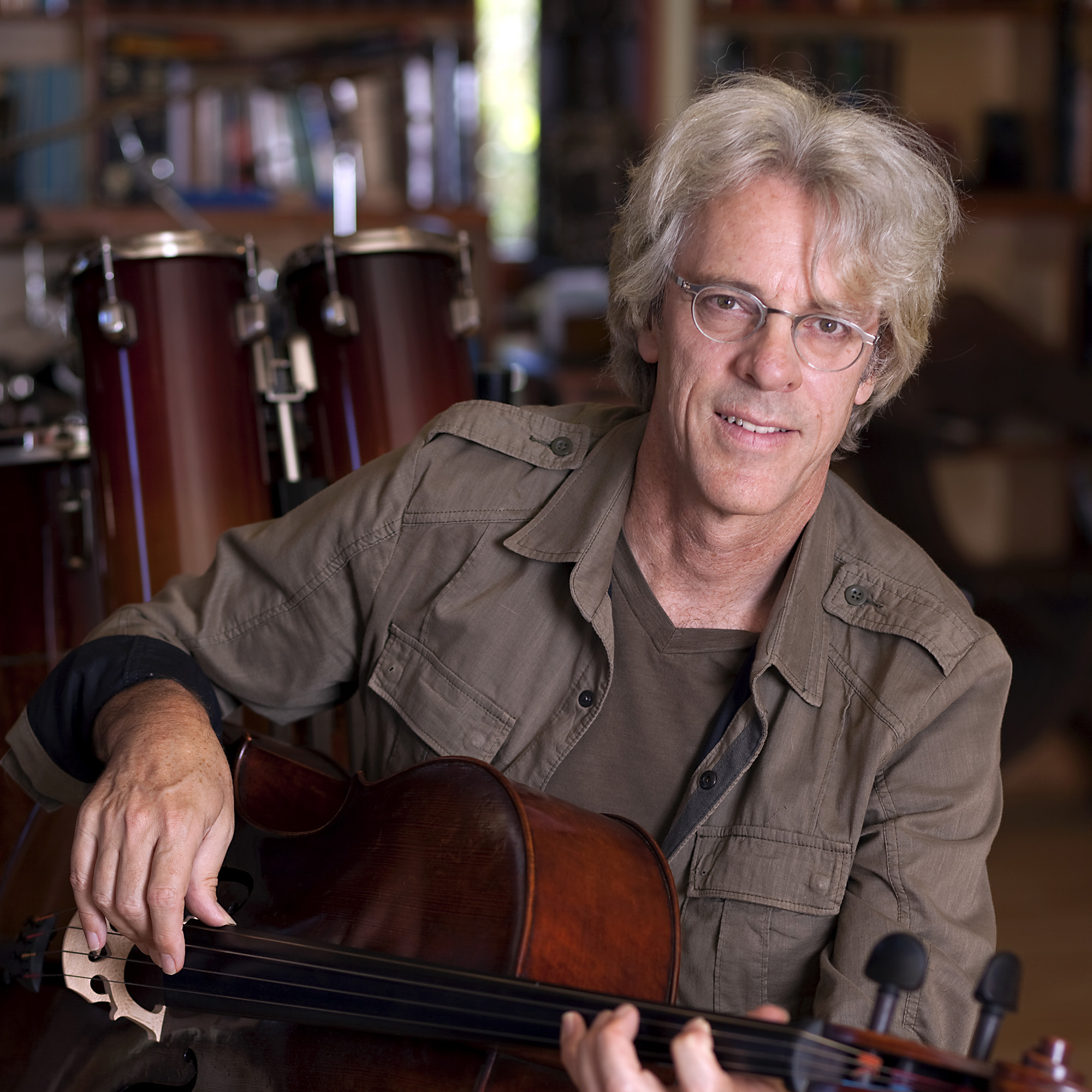
“If you want to understand my music, go stare at a Persian rug,” says Stewart Copeland, who found rock stardom as drummer of The Police and has since composed music for film, opera and ballet.
This doesn’t make much sense over the phone, but stepping inside his tricked-out studio, which he dubs the Sacred Grove, it all starts to come together.
The space, perched aloft a Brentwood hills compound, is a cross-between an archaeologist’s study and a musician’s dream pad. African and Oriental ritual masks from Copeland’s world travels adorn the walls, while his collection of “the cheapest instruments that money can buy” (and some not-so-cheap ones), pop out of every corner. Beat up brass and slightly tarnished woodwinds stand at attention like tin soldiers. Copeland’s ax — a 1978 Strat — is enthroned in front of a Marshall amp, crowned with a gold skull wearing headphones. Exotic chimes dangle against a backdrop of bookcases ready to be struck, while a silver microphone, slipped between a snare drum and a cymbal in Copeland’s drum kit, leans in like an eager ear.
In fact, the entire space is wired up so that with the push of a button Copeland can record any of the music made within and videotape it. He often invites his musical “brothers” over for jam sessions, edits the footage and puts the mini-concerts on his YouTube channel.
“It’s like a big train set. And then my buddies come over and they’re the trains,” says Copeland of the Sacred Grove.
But it’s also his musical sanctuary.
“That’s where after a day of writing music and staring at the scores and agonizing over chord progressions and instrumentation and putting the Italian on the page, I swivel around my chair 180 degrees and there is my row of big band amplifiers and my monstrous drums,” says Copeland with glee.
And then of course, there’s the massive Persian rugs decorating the floor with their sinuous flourishes and rusty red hues. An inheritance from Copeland’s mother, they shape his earliest memories of growing up the Middle East, in locales such as Cairo and Beirut, where his dad was a CIA agent and his mom dug up ancient artifacts as an archeologist.
“I look at it and realize from the age of zero crawling around face-first on these rugs, those patterns that are both geometric and formal, and yet wild and ungainly at the same time, that is a visual representation of exactly what my music does — a combination of chaos and organization,” says Copeland of a recent musical epiphany. “That is my music.”
For Copeland, contradictions don’t clash. They coexist, usually in separate parts of his split musical personality.
“You know the composer guy — suave, sophisticated. The drummer guy — Neanderthal, knuckles dragging on the ground,” says Copeland. “I’m sure they overlap, but they’re different parts of the brain.”
But sometimes they intermingle. Humorously calling himself “the bastard child of Hendrix and Stravinsky,” in his music a trap set can rumble with the timpani, a saw can sing along with strings and a rock star can jam with classical musicians.
These are just a few of the musical tones that will intersect when Stewart Copeland plays the West Coast premiere of his percussion concerto “Tyrant’s Crush” with the New West Symphony in Santa Monica’s Barnum Hall next Thursday, May 12.
Marcelo Lehninger, music director of the New West Symphony, welcomes the crossover that Copeland brings to the concert group’s upcoming program “The Symphony Rocks,” which pairs Copeland with the music of Strauss.
“[Copeland] is exploring all the textures and colors in the orchestra,” says Lehninger, who will conduct. “From the drum set, to timpani, to marimba, to vibraphone, as well as some interesting instruments, like the saw or the siren, you have things that you don’t usually see in a symphony orchestra.”
Yet as much as Copeland loves incorporating and accumulating individual musical instruments into his life and work, he takes a more holistic approach to the orchestra, seeing it as a singular symphonic entity with which he can experiment.
“It’s a really incredible, powerful, multi-textured instrument, the orchestra,” says Copeland, who beyond his illustrious drumming career with The Police has scored films for the likes of Francis
Ford Coppola, composed operas based on the stories of Edgar Allan Poe and even written music for ballets. “But I’m not here to continue a line from Mendelssohn into the future.”
With “Tyrant’s Crush,” a musical program that loosely chronicles the rise and fall of a fictional dictator, Copeland wants to shake up the conventional concert-going experience of quietly listening to whatever the orchestra plays and the orchestra reverentially playing it.
“I’m not doing Mahler. I’m doing everything that I learned in the stadiums and the low-dive rock clubs and on the streets of Brazzaville and Beirut. I’m bringing it all to the party,” says Copeland.
“There’s no reason on Earth why 60 guys cannot rock the house.”
When Copeland says a line like that, it’s not hard to believe his wish will come true. When it comes to music, Copeland’s enthusiasm is infectious.
In his studio, he doesn’t just show off his various musical instruments, from a tiny trumpet to an antique lute, he immediately starts to play them — running his fingers briskly over a saxophone’s keys, deftly tapping on an Arabic drum and banging a timpani with such exuberance that its voluminous roar seems to fill the entire room with vibrations, from floor to ceiling.
When I mention that I used to play the flute, he pulls one out from his arsenal of wonky woodwinds and hands it to me to play on the spot.
Somehow, I squeeze a few solid notes out of it.
Yet for Copeland, there’s music in everything, from the zany instruments he collects to the cadence of an urban center.
“When you see a city pulsating like a beating heart, people rushing in and rushing out and rushing in and rushing out, you realize that there are rhythms that we’re hardly even aware of, but which pervade all of existence,” he muses when discussing his film work.
But it took Copeland a while to find his own beat within rock music. As a child, Copeland was engrossed by the classical music of Ravel, Debussy and Stravinsky, but it was the drums that got his blood pumping.
Playing his first show as a prepubescent kid drummer, Copeland remembers seeing an entranced girl in the audience. She took his breath away.
“Oh, the look in her face! That is why 60 years later, I’m a musician, unto this day,” says Copeland with fervor. “Those drums empowered me in a way that nothing else could. I was a late bloomer and while my friends, they’re voices were dropping and they’re growing facial hair and becoming men, I was still not. Still had a squeaky little voice. And then I discovered the drums and suddenly my squeaky voice became a manly roar.”
Over the years, Copeland’s musical tastes have reengaged with their classical roots, mainly Stravinsky —“Stravinsky is for your mind and for deeper, broader matters of culture. But youth music, teen music is about procreation. It’s about romance … It’s not about that for me anymore, so maybe that’s why I’ve gone back to Stravinsky,” ponders Copeland — but a fire still lights his passion for making music.
“I like to think that every work is a departure,” he says. And for “Tyrant’s Crush” Copeland expects even more fireworks to be set off: “I want it to be exciting and beautiful. We want to go places where no one has gone before. We want it to have a little bite. We want a little challenge in there. But really I want to burn down the building.”
Stewart Copeland and New West Symphony perform “The Symphony Rocks” at 7:30 p.m. Thursday, May 12, in Barnum Hall at Santa Monica High School, 600 Olympic Blvd., Santa Monica. Tickets are $29 to $82. Call (866) 776-8400 or visit newwestsymphony.org.
christina@argonautnews.com

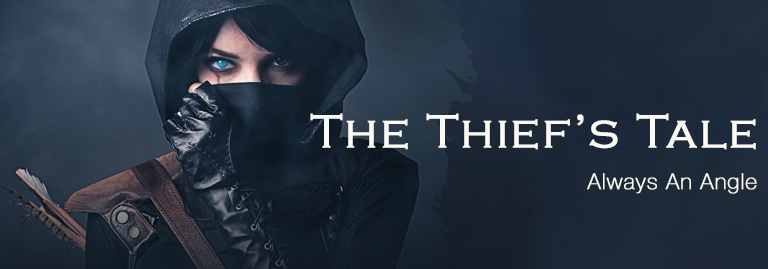
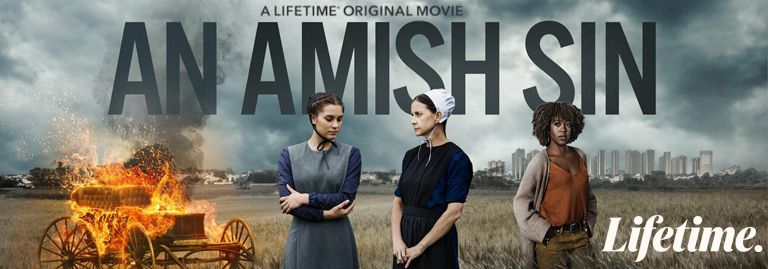

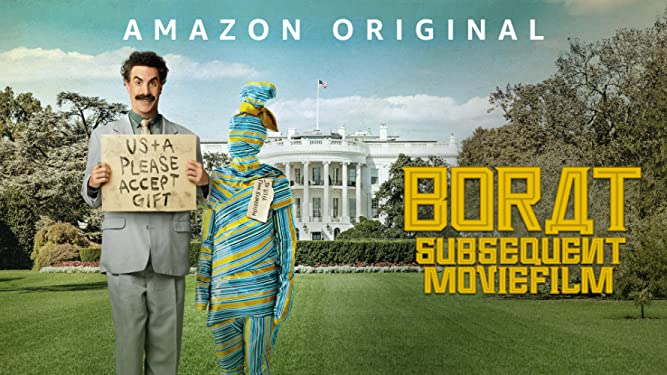
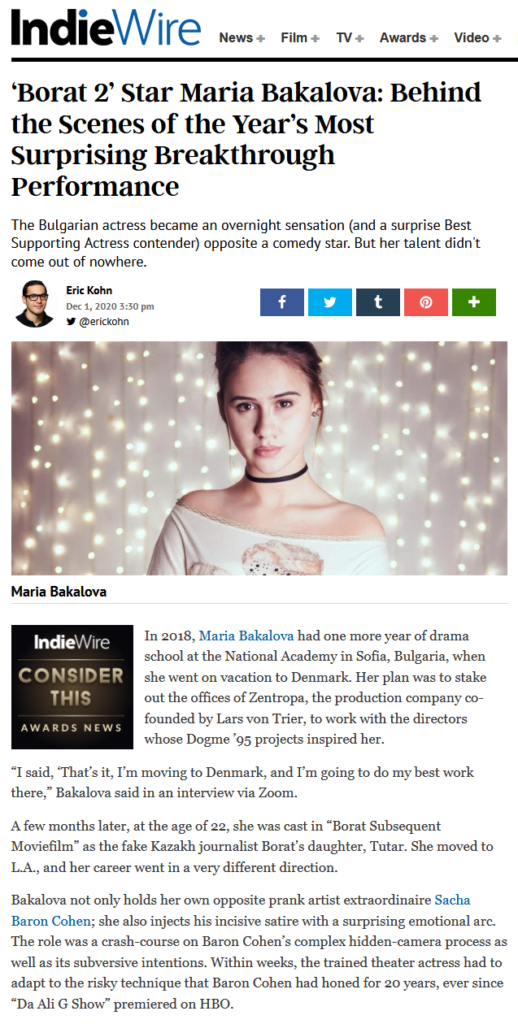
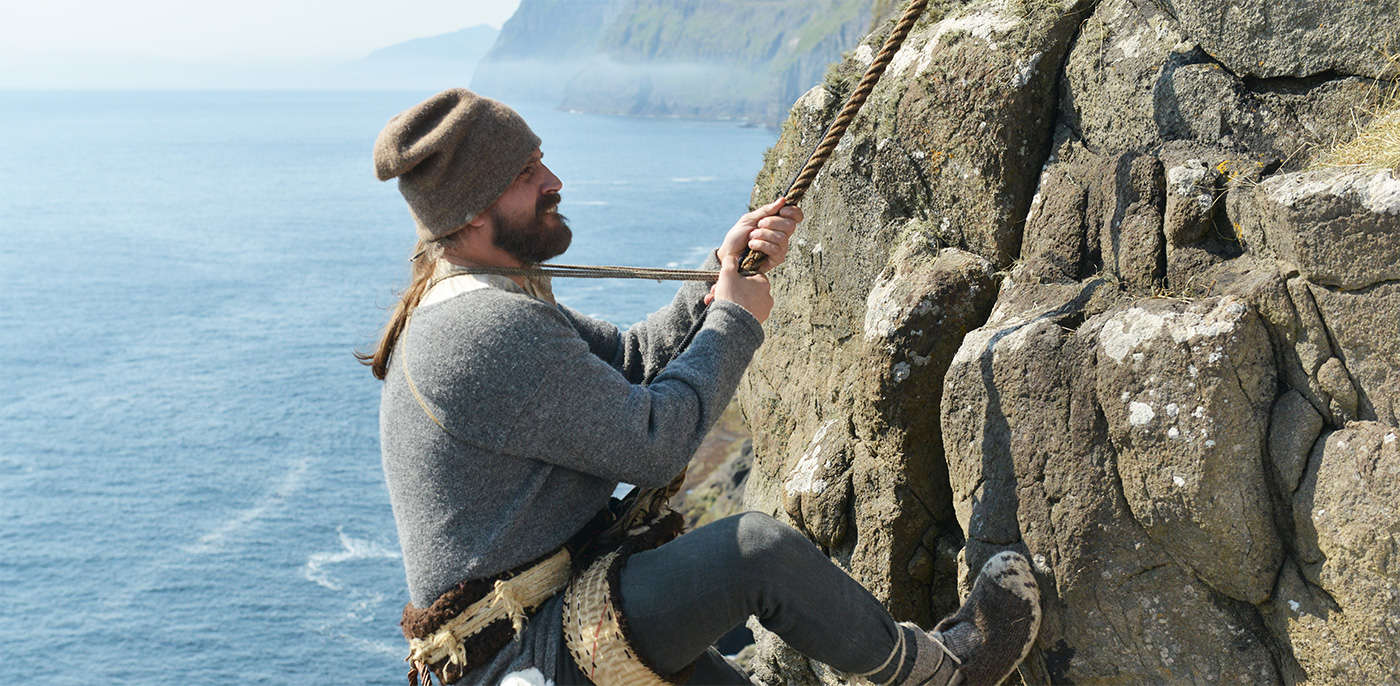
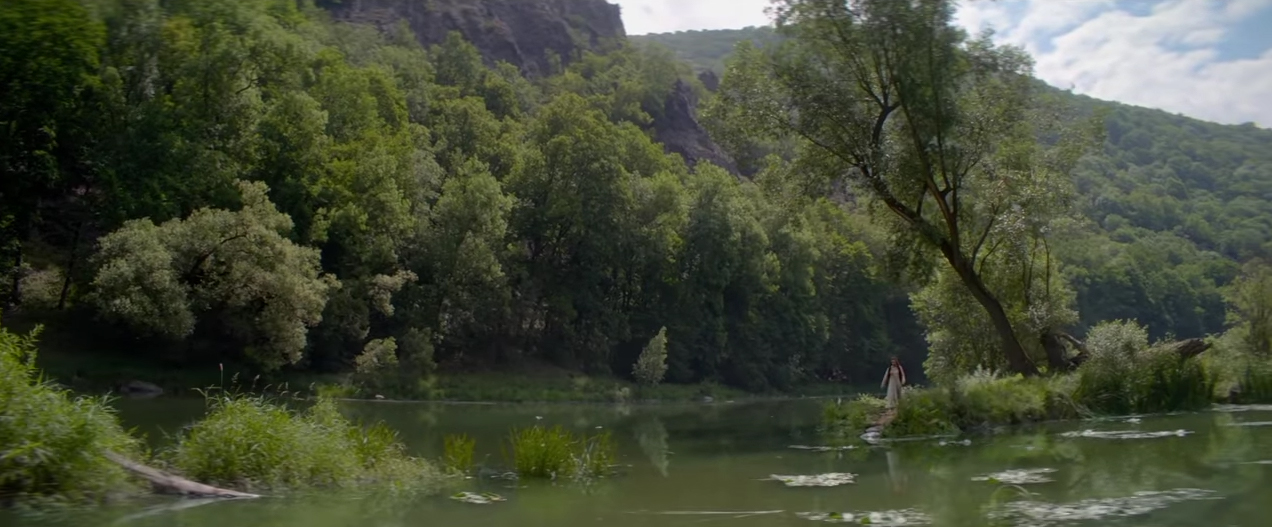


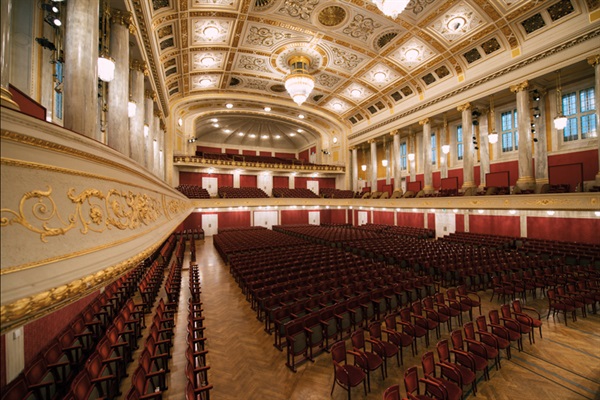
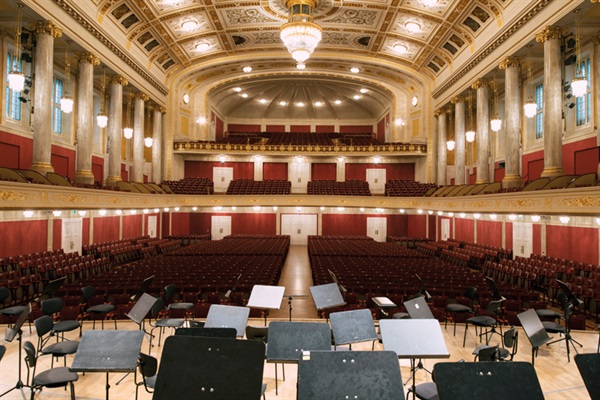
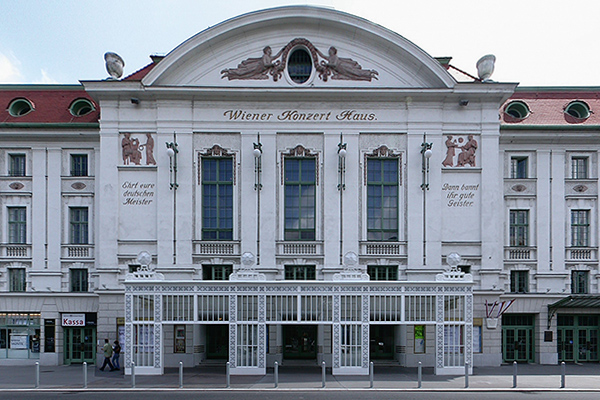
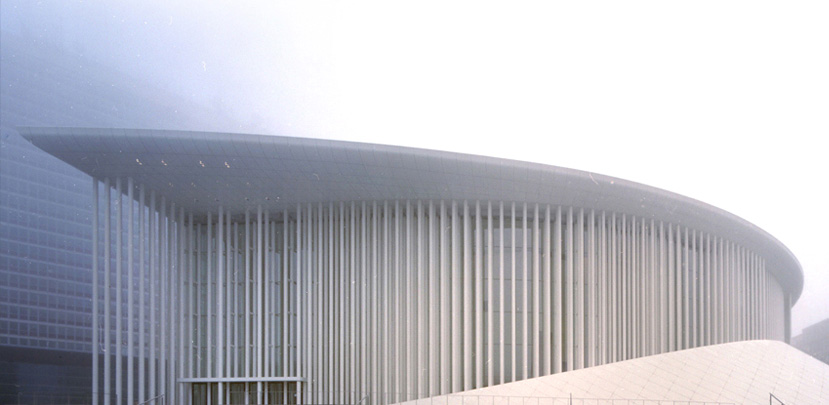
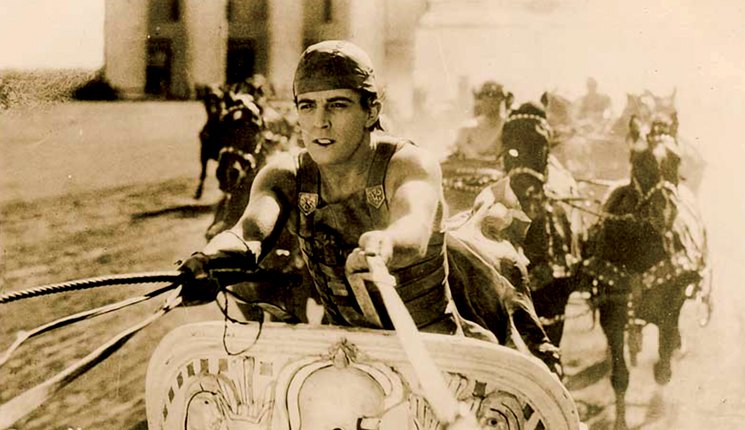
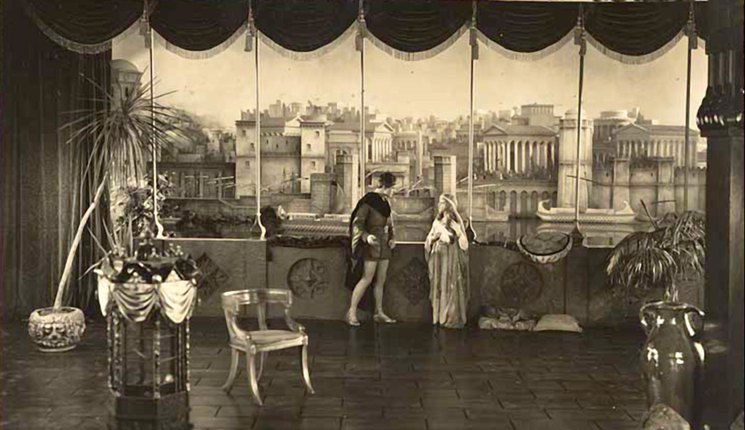
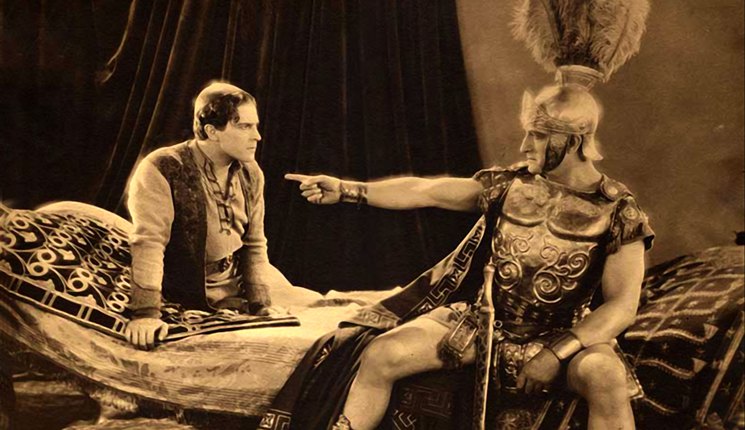

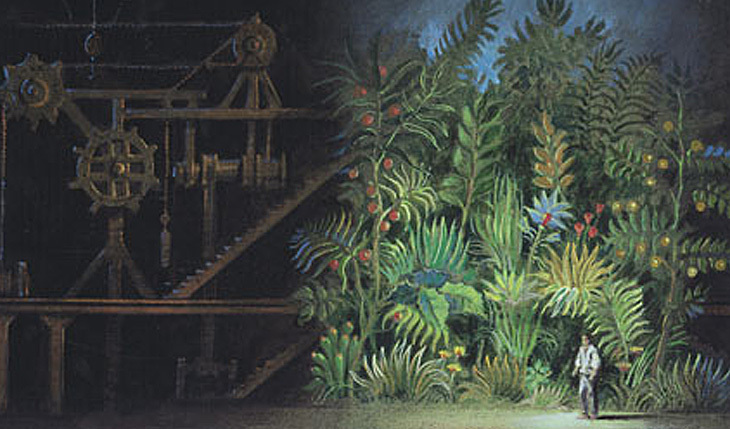


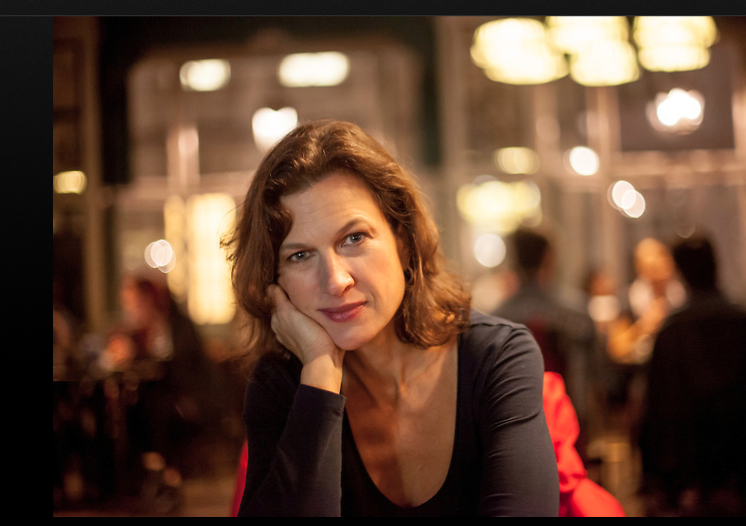
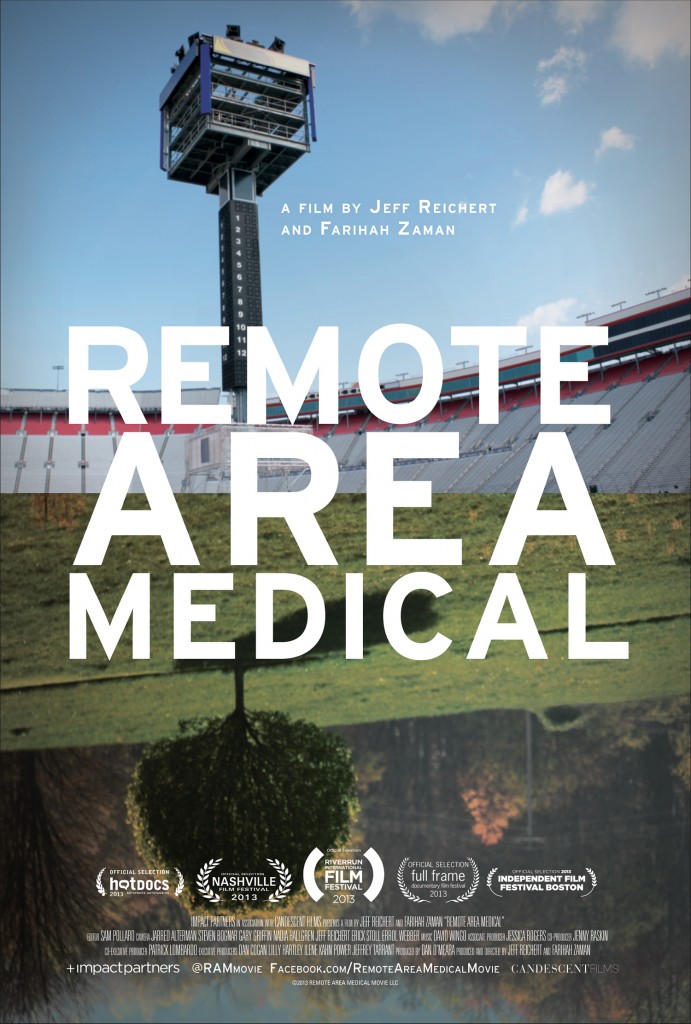
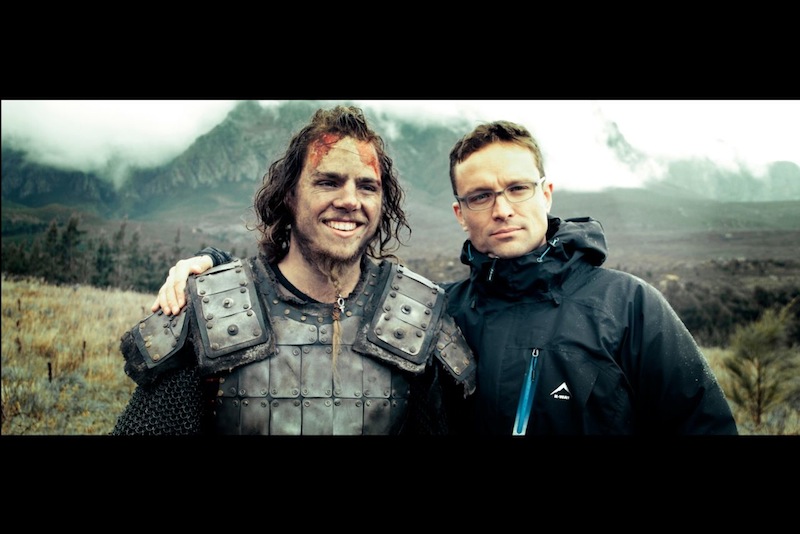
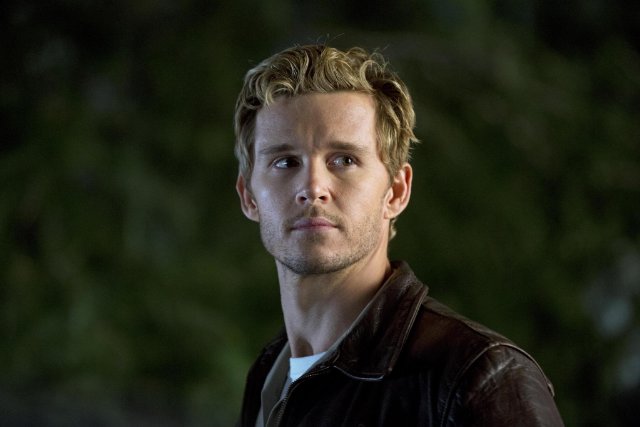 The international cast of Northmen includes True Blood star Ryan Kwanten, Britain’s Tom Hopper (Knights of Badassdom), Ed Skrein (Game of Thrones) and James Norton (Rush), German actor Ken Duken (Inglorious Basterds), Irish actress Charlie Murphy (Philomena) and Switzerland’s Anatole Taubman (The Tudors).
The international cast of Northmen includes True Blood star Ryan Kwanten, Britain’s Tom Hopper (Knights of Badassdom), Ed Skrein (Game of Thrones) and James Norton (Rush), German actor Ken Duken (Inglorious Basterds), Irish actress Charlie Murphy (Philomena) and Switzerland’s Anatole Taubman (The Tudors).